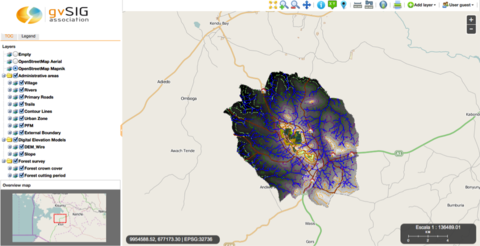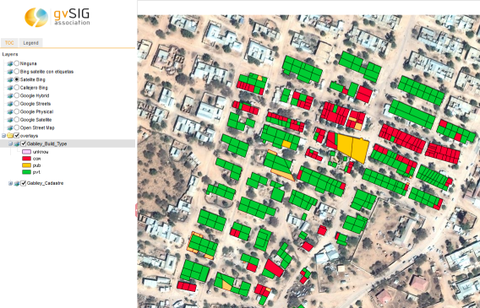GIS applications in forest and urban environment in East Africa
Collect, store, edit and publish the collected field data in a WebGIS, easy-to-manage and update in order to share all the achieved results as a very important tool in developing countries.
GISMAP has supported two projects for development cooperation, one in Kenya and another one in Somaliland.
In both cases, available environmental and urban information were not updated, collected in a not well structured method and stored in paper format without any possibility of geographic analysis and update.
Local technicians had poor computer skill and there was no possibility of sharing important data to support decision makers.
Somaliland: GISMAP has supported the Italian ONG Terre Solidali to setup a field data collection and data entry procedure through a customized NavForm as well as produce and publish collected data in a open source WebGis application in order to have a “cadastral” maps for the city of Gabiley. GISMAP has provided training on the job on how to use the differential GPS and has assisted local staff for a first period of data collection. Full training on GIS data enter, edit and analysis has been provided.
Kenya: GISMAP has adopted a similar procedure with Italian ONG CEFA on the project Wire Hills Forest: conservation and sustainable management. The overall objective of the action is to contribute to the natural resources anf forest ecosystems conservation and management in a sustainable way. Remote training, integration of field data collection with available open data were carried as well as digitize main roads and paths having as support open recent satellite images. All these data have been published in the gvSIG geoportal.
Trough these activities, two local authorities, in different countries, have been trained and equipped with a WebGis application easy to use and update regolary.
The free access to information relating to the characterization of the territory of the areas where there are considerable difficulties in the availability of data is a great
help for each type of analysis. The adoption of a fully open source technology ensures future sustainability of the data collection, storage and management.
- Presentation at 10th International gvSIG Conference


